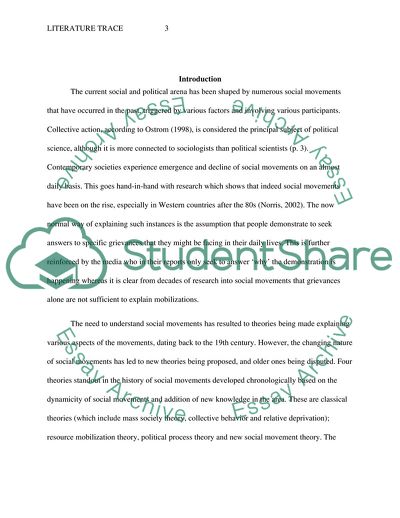Cite this document
(Literature Trace Coursework Example | Topics and Well Written Essays - 3250 words, n.d.)
Literature Trace Coursework Example | Topics and Well Written Essays - 3250 words. https://studentshare.org/sociology/1846914-literature-trace
Literature Trace Coursework Example | Topics and Well Written Essays - 3250 words. https://studentshare.org/sociology/1846914-literature-trace
(Literature Trace Coursework Example | Topics and Well Written Essays - 3250 Words)
Literature Trace Coursework Example | Topics and Well Written Essays - 3250 Words. https://studentshare.org/sociology/1846914-literature-trace.
Literature Trace Coursework Example | Topics and Well Written Essays - 3250 Words. https://studentshare.org/sociology/1846914-literature-trace.
“Literature Trace Coursework Example | Topics and Well Written Essays - 3250 Words”. https://studentshare.org/sociology/1846914-literature-trace.


